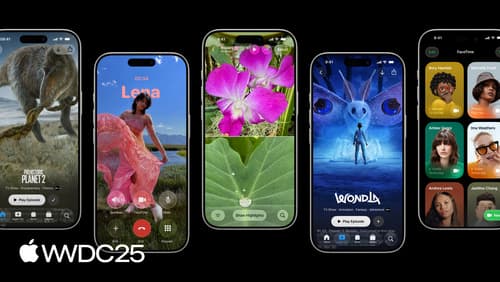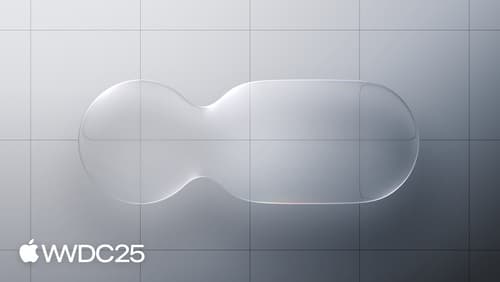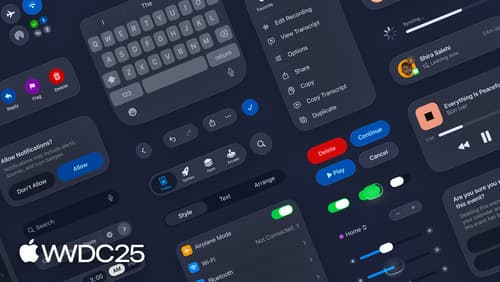how is liquid glass impelemented? if someone were to try their best to implement it, how? CABackDropLayer + Shader?
Asked on 2025-06-14
1 search
Liquid Glass is a new design element introduced by Apple that provides a dynamic and fluid interaction experience across their platforms. It is designed to be an interactive layer that floats above your content, providing a distinct control layer that feels natural and immersive. Liquid Glass is not just a visual effect like a blur; it is a sophisticated system composed of multiple layers that dynamically adapt to the content and environment.
To implement Liquid Glass, you would typically use a UIVisualEffectView in UIKit or an NSGlassEffectView in AppKit. These views allow you to apply the necessary visual treatments to your content, ensuring it remains legible as the glass adapts to its surroundings. The material dynamically morphs and adapts, providing a seamless and organic user experience.
For a more detailed understanding of Liquid Glass and its implementation, you can refer to the session Meet Liquid Glass (00:00:00), which covers its core dynamic properties, adaptivity, and principles.

Build a UIKit app with the new design
Update your UIKit app to take full advantage of the new design system. We’ll dive into key changes to tab views, split views, bars, presentations, search, and controls, and show you how to use Liquid Glass in your custom UI. To get the most out of this video, we recommend first watching “Get to know the new design system” for general design guidance.

Meet Liquid Glass
Liquid Glass unifies Apple platform design language while providing a more dynamic and expressive user experience. Get to know the design principles of Liquid Glass, explore its core optical and physical properties, and learn where to use it and why.

Get to know the new design system
Dive deeper into the new design system to explore key changes to visual design, information architecture, and core system components. Learn how the system reshapes the relationship between interface and content, enabling you to create designs that are dynamic, harmonious, and consistent across devices, screen sizes, and input modes.
